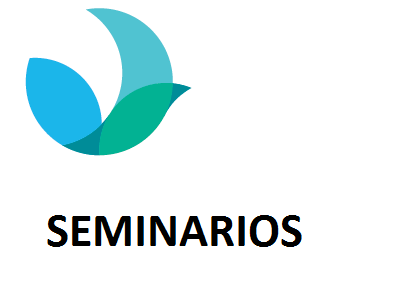
We are pleased to invite you to the following seminar:
Title: Early lidar history at NASA
Speaker: Dr. David Whiteman (NASA/Goddard Space Flight Center)
Place: Andalusian Institute for Earth System Research , conference room. Edf. CEAMA
Date: June 7th, 2016
Time: 12:00
ABSTRACT:
Light Detection and Ranging (LIDAR) has long been regarded as one of the leading techniques for remotely quantifying numerous atmospheric parameters including water vapor, aerosols and clouds. For example, the NASA/GSFC Scanning Raman Lidar (SRL) was stationed on Andros Island in the Bahamas during August – September, 1998 as a part of the third Convection and Moisture Experiment (CAMEX-3) which focussed on hurricane development and tracking. During the period August 21 – 24, hurricane Bonnie passed near Andros Island and influenced the water vapor and cirrus cloud measurements acquired by the SRL. Another example is the An airborne lidar to measure methane, water vapor, and temperature on board NASA’s flying laboratory, the DC-8, has been developed at Goddard Space Flight Center. Methane and water are measured using Raman (inelastic) scattering, while temperatures are determined from both Rayleigh (elastic) scattering and nitrogen Raman. We will also discuss the different NASA space missions that rely on lidar measurements

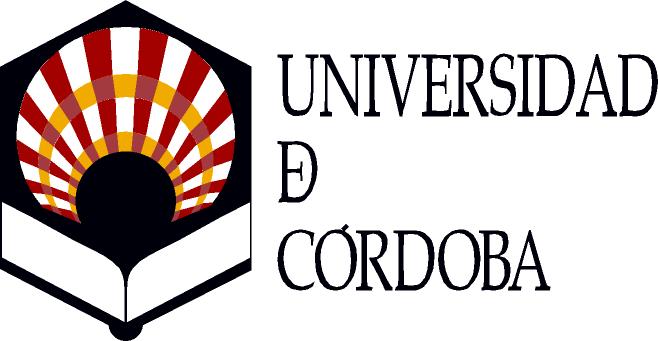
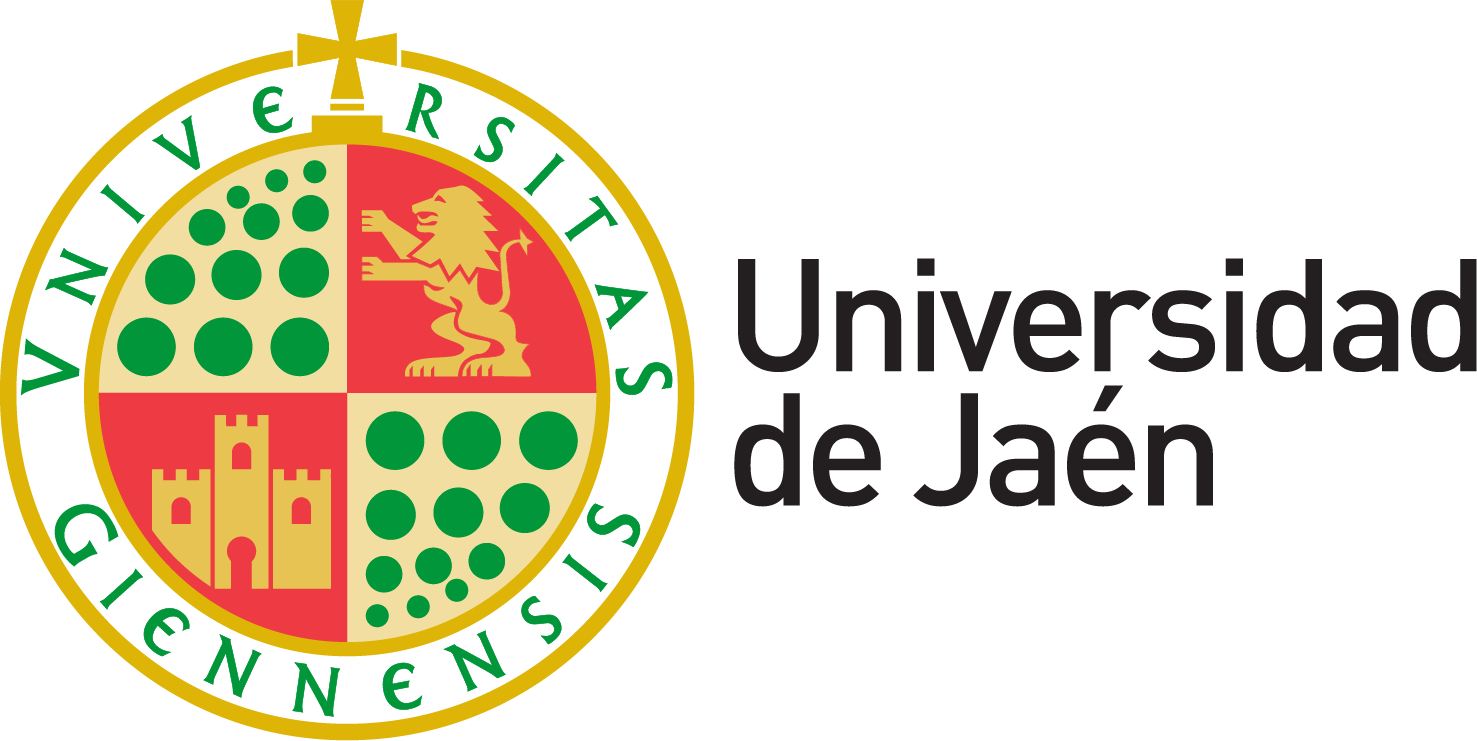
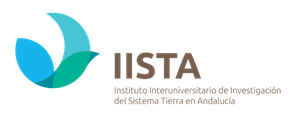
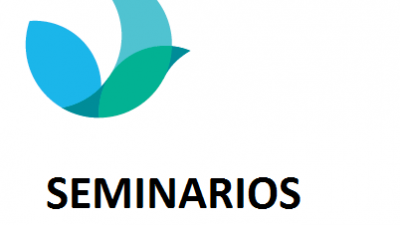
Leave A Reply